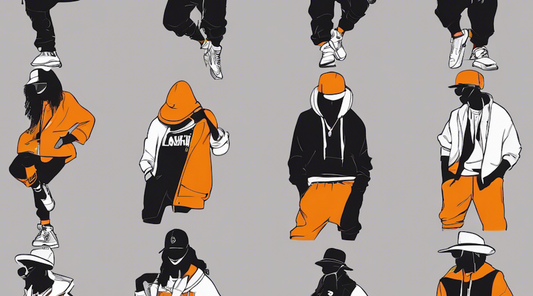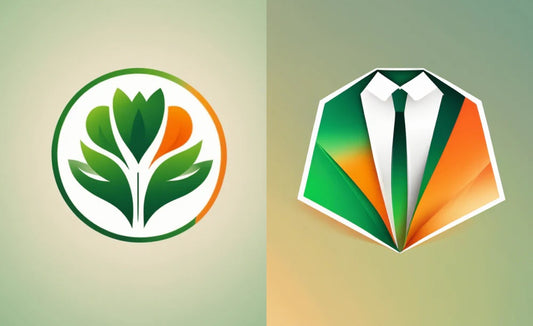In April 2023, a new command, "describe," was introduced in Midjourney.
When you post an image using this command, it analyzes the content of the image and generates a prompt for you. Until now, you could only generate images from prompts or reference images within the prompts. However, with the use of the "describe" feature, it has become very clear how Midjourney captures an image and generates a prompt.
That being said, it is questionable whether the prompt will be completed as you envision it as soon as you use this function. In this blog, we will explain the basics of how to use and utilize the "describe" feature.
There are five steps:
1:Upload an image and execute "describe."
2:Check the result of the prompt generated by the "describe" feature.
3:Execute the created prompt.
4:Analyze the prompt created with "describe" and the resulting image.
5:Combine the "describe" results effectively to create your ideal prompt.
Step 1: Upload an image and execute "describe"
Let's start with the basic usage.
Type /describe in the Discord message box. It will display as shown in the picture above. Try dragging and dropping an image onto the "Drag and drop or click to upload file" box or click on it.

When the image is uploaded, it will be displayed as shown in the figure below.
Press the Enter key here to execute "describe."

Step 2: Check the result of the prompt generated by the "describe" feature.
When the execution of "describe" is completed, you will receive a result as shown below. The result contains four types of prompts and the image posted.
The four types of prompts alter the analytical viewpoint of the image slightly, focusing on different features extracted from the image information.
You can get a rough understanding of the differences between the four types of prompts by reading them, but the best way to understand them is to actually generate images from them.

Step 3: Execute the created prompt.
Executing the prompt is very easy, just choose the corresponding number, click on the number below the image. The image generation using the selected prompt will be executed.
In the image below, we have chosen option 1 and its result is displayed.

Step 4: Analyze the prompt created with "describe" and the created image.
The summary of the results of executing the four types of prompts is as follows.
How are they? Each of the four types captures entirely different characteristics.
The first one captures the characteristic of a white shirt placed on a grassland. Since it doesn't say "T-shirt," it includes collared shirts in the generated image. The word "glen orbik" is included in the prompt and linked. This is a unique noun that characterizes the related features. The AI thought that the style of this artist was similar to the analysis result of this image. Characteristic proper nouns contained in the prompt are linked, and you can view Google search results from the link.
The second image specifies T-shirts, so that's all that's coming out.
The third image probably emphasized the logo print on the chest in its analysis. Since the condition of the T-shirt is not specified in the prompt, the AI automatically supplements it at execution, and the image is generated with someone wearing it. In addition, "queuing up" is a specification for the arrangement of the logo's string of characters, but when the image is generated, it turns into a situation where people are lined up. If the events or objects specified in the prompt are ambiguous, something completely different from what you imagined may be generated.
The fourth one is a very original analysis result. In the actual image, there is an "OpenFashion" logo, but in this prompt, the words "quintessential t" have been extracted. Here, it does not mention that it is clothing, and the text itself is spelled out in grass, so no T-shirt appears. In addition, it is described as a more abstract work, with taste and style written.

You can jump to Google's search results from the "glen orbik" link.

Step 5: Combine the "describe" results effectively to create your ideal prompt.
The results of "describe" contain quite a bit of AI's unique analysis. Therefore, unexpected proper nouns or tastes may appear. However, by analyzing these and combining the characteristics, you can think about how to turn what you want to express into a prompt.
If you want to create a T-shirt with a print on the chest in a similar layout...
For example, I tried to create a prompt that refers to and mixes the part where the T-shirts of 1 and 2 are placed on the grassland and the part about the logo of 4.

This is an image that refers to the image used for "describe" in the prompt, and then puts the prompt text of 2. It reproduces the layout and content very close to the original image.

Conclusion
How was it? This time, I executed a simple image to explain the basic usage. Therefore, you might think that it's faster to write a prompt yourself, or that you can write something more like the image you have in mind. However, what you actually want to make is not always that simple. If it is difficult to describe the details or articulate the taste, we recommend trying the "describe" function first.
In future blogs, we plan to further focus on clothing and explain the strengths and weaknesses of the "describe" function, and publish a collection of prompts to increase quality by indicating features of clothing that cannot be extracted with "describe".
Please look forward!


![[Easy on Your Smartphone] How to Create ZEPETO Items with Maison AI](http://open-fashion.com/cdn/shop/articles/387ac76082623e94218de7c076a87675.jpg?v=1712232721&width=533)

